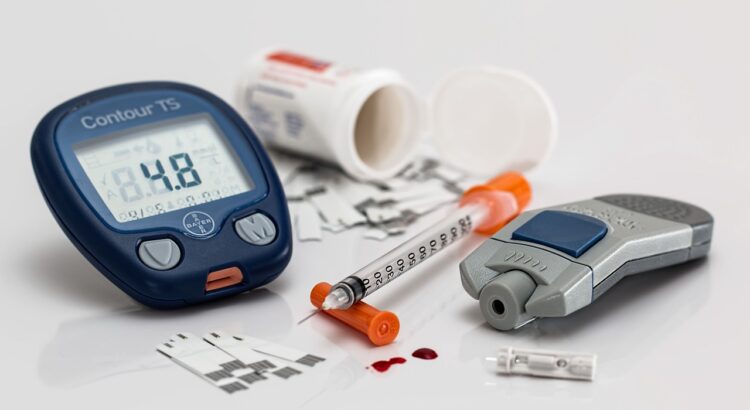The biological clock helps regulate the timing of various processes in the body. Diurnal variation is shown, among others, by genes regulating insulin sensitivity. Researchers at the Institute of Animal Reproduction and Food Research of the Polish Academy of Sciences in Olsztyn have shown that the expression of biological clock genes in subcutaneous adipose tissue is linked to insulin action, and is lower in obese people than in those of normal body weight.
Two genes in particular are involved in insulin action: NR1D2 and DBP. – The higher the expression of these genes in adipose tissue, the higher the body’s sensitivity to insulin. And the higher the body’s sensitivity to insulin, the better the regulation of blood glucose levels – explains Professor Marek Strączkowski, head of the Department of Prophylaxis of Metabolic Diseases at the Institute of Animal Reproduction and Food Research (IAR&FR) of the Polish Academy of Sciences in Olsztyn.
The findings of the team led by him were published in the journal Nutrition.
INSULIN AND CIRCADIAN RHYTHM
Insulin is a hormone that increases the transport of glucose into cells, which in turn lowers blood glucose levels. Insulin resistance is a reduced sensitivity of tissues to the action of insulin.
– Insulin resistance in itself is not a disease, but it is a condition that can lead to the development of many diseases: first and foremost type 2 diabetes, but also cardiovascular disease, certain cancers or neurodegenerative diseases – recalls the scientist who is researching the pathogenesis of insulin resistance in people at risk of type 2 diabetes.
The biological clock, on the other hand, is a circadian complex of biochemical processes occurring in the body. The circadian rhythm is controlled centrally and by peripheral clocks in tissues such as subcutaneous adipose tissue. It is an oscillator that stimulates the expression of successive genes encoding proteins responsible for specific biological processes, depending on the time of day or night. Also among the genes regulating insulin sensitivity are those showing diurnal variation, so that the insulin sensitivity of adipose tissue is highest around midday and lowest around midnight.
IMPROVED RESULTS FOLLOWING WEIGHT REDUCTION
Researchers from the IAR&FR PAS decided to combine these issues. To do so, they analysed the expression of subcutaneous adipose tissue clock genes in relation to obesity and insulin sensitivity.
The study group consisted of 38 overweight or obese people. They were examined before and after a 12-week programme of weight reduction through diet. The control group consisted of 16 normal-weight subjects examined only at baseline. Tissue insulin sensitivity was tested using the so-called metabolic clamp method, which is nowadays considered the best method for assessing insulin action in the body.
– Initially, obese subjects had lower expression of biological clock genes in subcutaneous adipose tissue than controls. After weight reduction in the subjects, this expression increased – the researcher reports.
Two genes related to insulin sensitivity in particular are involved: NR1D2 and DBP.
– We have shown that the aforementioned subcutaneous adipose tissue clock genes can be a starting point for further studies to better understand the pathogenesis of insulin resistance. We will explore the problem in further studies, already in cell cultures. This is a developmental topic – concludes Professor Marek Strączkowski.
—
On the topic of insulin resistance, a previous publication by researchers from the Department of Prophylaxis of Metabolic Diseases at the Institute of Animal Reproduction and Food Research of the Polish Academy of Sciences, we wrote here.
